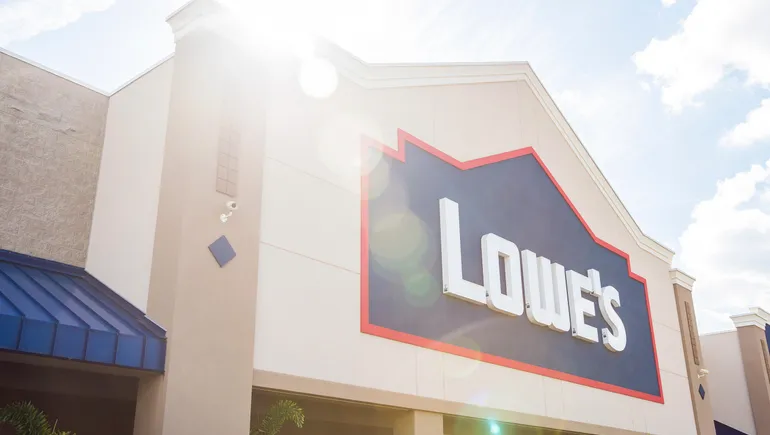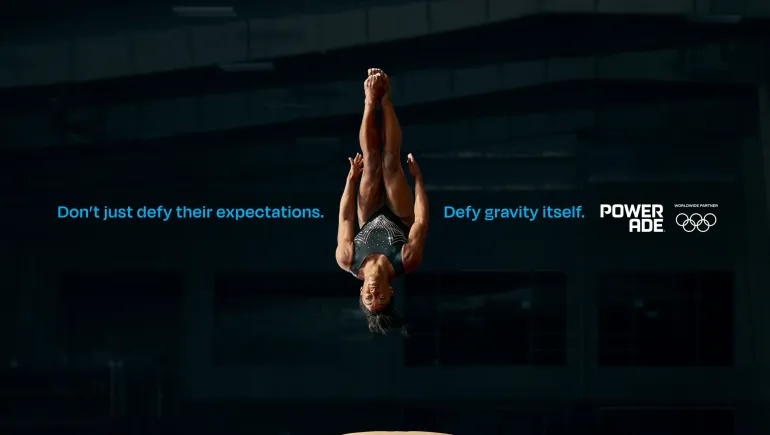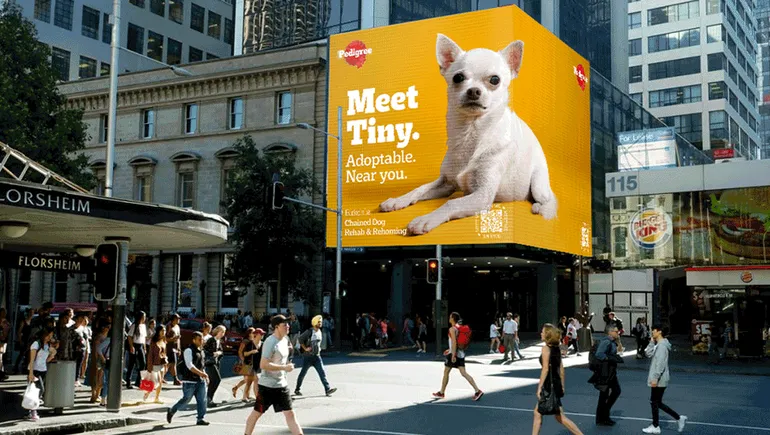
How Lowe’s loyalty program is the ‘spine’ for personalization efforts
Lowe’s today (March 21) rolled out MyLowe’s Rewards nationwide with an accompanying advertising campaign that pitches the loyalty program to DIY consumers preparing to spruce up their homes this spring. The wide launch and campaign come amid a confluence of factors, including a stagnant housing market and persistent inflation, that has millennial consumers focused on home improvement, especially with nearly two-thirds of homeowners locked in at mortgage rates below 4%.
MyLowe’s Rewards, which was launched in January in select markets, seeks to engage consumers with a variety of perks and benefits, plus 5% savings for purchases made with the retailer’s relaunched credit card. The program was also cited by Chairman, President and CEO Marvin Ellison as lending a potential “flywheel effect” that could increase DIY loyalty and demand over time after a tough Q4 that could be a harbinger of things to come.
In an interview with Marketing Dive, Jen Wilson, the company’s senior vice president for enterprise brand and marketing, delved into the insights behind the program, how it will be integrated into the brand’s marketing and how recently announcement partnerships with Google and Meta are expected to boost Lowe’s retail media network.
The following interview has been edited for clarity and brevity.
MARKETING DIVE: What consumer insights drove the creation of the MyLowe’s Rewards program?
JEN WILSON: The positioning of the entire program … was really all around designing toward a millennial homeowner at the center. Millennial homeowners, in particular, whether it’s stretching from new homeowners in their first home to homeowners who are more mature with children, have needs and wants for their home. When we qualitatively talk to them, those needs and wants became a throughline for how we thought about positioning both the program and the campaign.
The underpinning is, “I have things that my home needs to run on a daily basis” like air filters, lights and cleaning supplies, but also “I have these ambitions for what I want my home to be someday,” whether it’s remodeling or refreshing something or even just simply adding new furniture to a backyard patio. We wanted you to be able to earn points every time that you’re making purchases on the things that your home needs, and then receive MyLowe’s Money back in exchange for those points so that you could use them on the things that you really want for your home.
As we think about the demands or needs of the millennial, they also were telling us that they like added perks and benefits, whether it’s personalized promotions, which we know is not new to the industry, but it’s important. Nevertheless, free gifts was a really important part of what we brought forward… Anytime that we do a kid’s workshop or we do have a free plant for mom for Mother’s Day, that’s one of the fastest-selling experiences that we offer our consumers.
How does the program feed into Lowe’s personalization efforts?
WILSON: One of the things that we’ve also introduced as a part of the rollout — and this came from a lot of our qualitative studies — was that consumers do like this notion of what I would call affinity groups. Within the industry, we might call them cohorts or audience aggregation, but consumers see it as, “Hey, I have these preferences that I want to tell you about, and by the way, you can incent me when I tell you about about them. So give me extra points, if I tell you more about myself.” So there’s some gamification.
We have a point booster offer with our launch for pet lovers, for first-time homeowners, for decorators, etc. We’ve seen a lot of consumers engaging with that, not just to take their free points for engaging with it, but also telling us what their preferences are.
That becomes the spine of exactly how you can get into both more personalized offers, but more personalized information… we can start to serve up the right products, the right services, the right offerings and the right offers to be able to speak to you in a way that we know is meaningful. This is most certainly the spine for how we will become more personalized in our conversations with our consumers. Affinity groups is one way, and there will be other ways that we’ll unlock in the future, as well.
How is the program being integrated into Lowe’s marketing?
WILSON: It’s two parallel paths. The first path is a standalone, 360-degree campaign, everything from TV, radio, digital, social — the whole bit. That’s a big undertaking and it’s a nice investment that we’re making to launch this program across the full year. If the first lane is a standalone campaign, then the second piece is integration. Loyalty has to be integrated into all that you do as a company. [No matter the effort] I want to make sure that there’s still a nod to the fact that we want you to be able to join, earn and save.
Between those two parallel paths, MyLowe’s Rewards, particularly on the consumer side, will be a part of everything that we do and say. You will feel that from advertising all the way down to the store associate who’s helping you checkout or find the product that you’re looking for. Our associates have been fully trained and fully immersed in this program to support its launch and sustainment.
How do Lowe’s new collaborations with Google and Meta speak to the company’s retail media efforts?
WILSON: I’m so proud of the progress that we’ve made with our media network. The last time we talked we were in-housing and now we’ve fully stood-up the in-housing and the way that we are going to market with the network. The value that we’re providing to our advertisers is so significant as we are scaling it.
First, we’re being an insights-driven retail media network and making sure that we’re able to, with closed-loop reporting, understand exactly how consumers are reacting to the advertising we’re putting out there. Not only being able to provide that measurement back to our advertisers, but to then pivot against the advertising, because when we’re getting real-time insights, we cannot only say, “Hey, here’s how the campaign worked over seven weeks,” but we can optimize that campaign within real time and get even more value for our advertisers. That really speaks to the partnership with Meta: let’s make sure that we’re driving all of these insights in real time, so that we can update our campaigns in real time and get a better yield for our advertisers.
On the second piece, we’re expanding our off-site advertising capabilities with Google. It may be a little different from a Walmart or an Amazon where they’re getting perhaps even more on-site traffic because they have a bigger consumable, CPG business. We have a bit of a different balance at Lowe’s, because a home improvement shopper is not going to come as frequently as they might to a grocer, as an example. The ability to then use off-site [advertising] so we can drive more frequency in our go-to-market is really important. The fact that we are partnering with Google and opening up search ads is a really important piece of how we’re expanding our network for for off-site capabilities.





